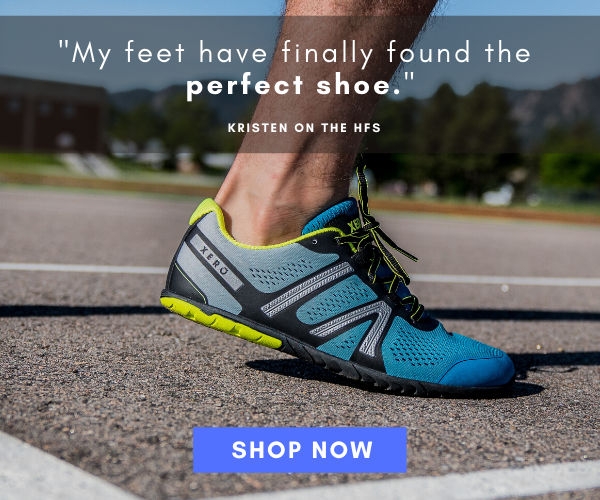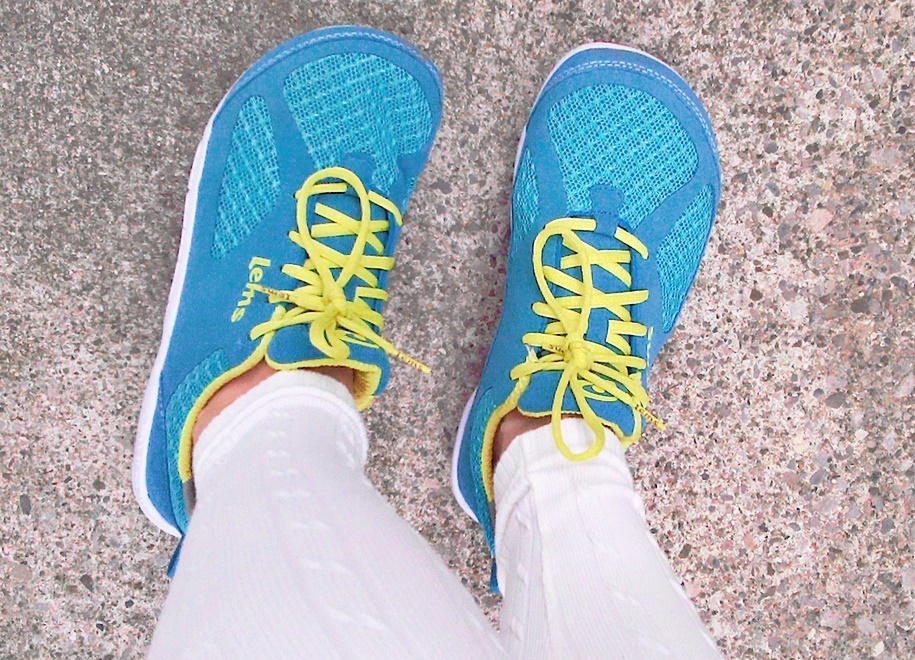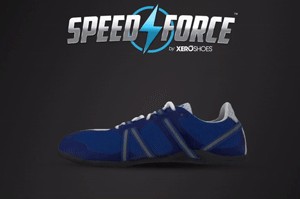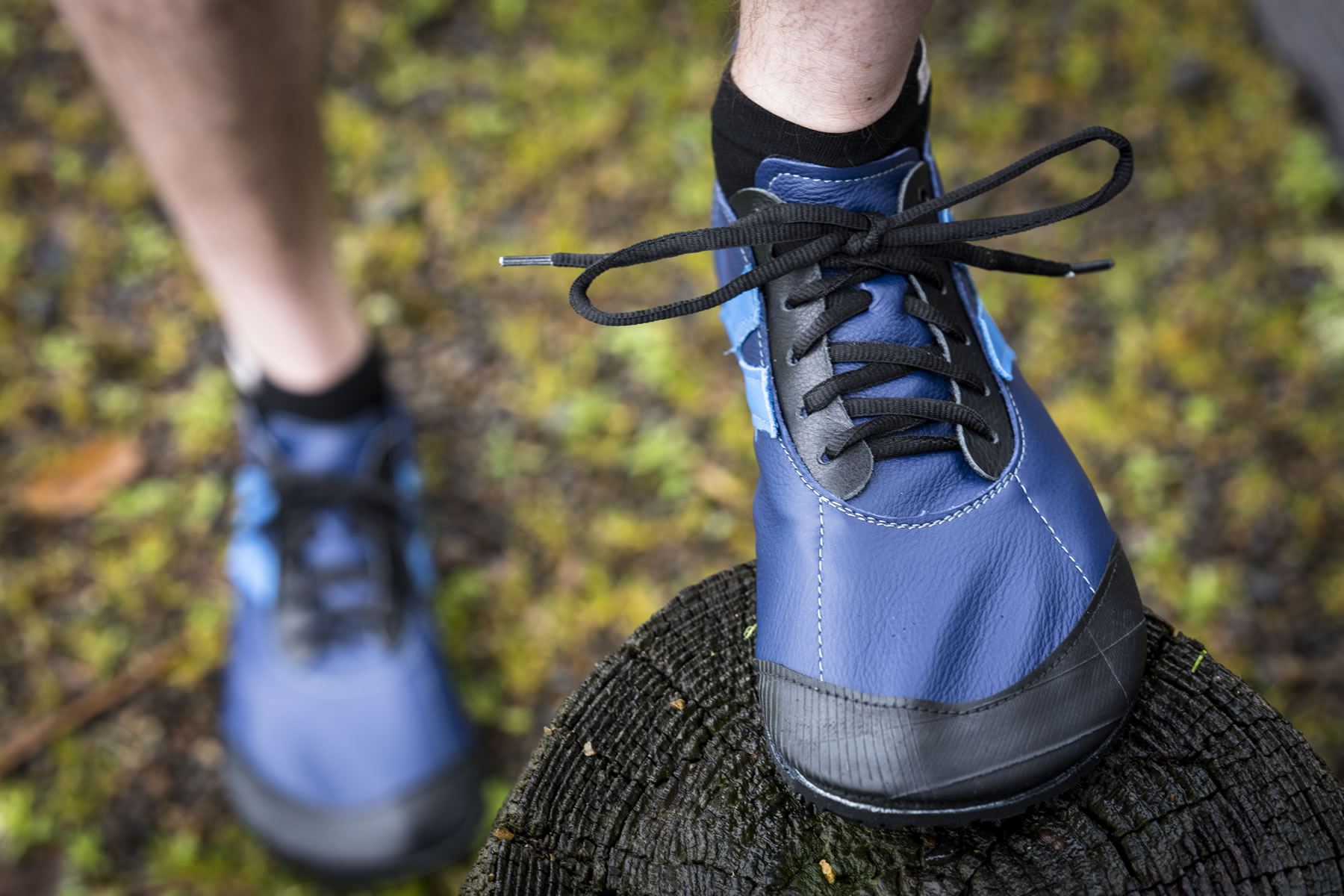What remains a key issue in running is that thick cushioned running shoes produce more loading rates even if a forefoot strike landing is used, which is a foot strike pattern strongly associated with less net impact under barefoot and minimalist shoe conditions. This means barefoot and minimalist shoe runners who land with a forefoot strike generate far less all-around impacts as compared with both heel strike and forefoot strike runners in thickly cushioned running shoes.


In recent years, several compelling studies have emerged to explain why barefoot-like running shoes (minimalist shoes) are significantly safer than the thickest cushioned running shoe.

Because of the well-known effect on improving muscular and reflexive control, minimalist running shoes are strongly recommended for runners who want to modify their heel strike to a forefoot strike. This is because minimalist shoes do not have a thick cushioned heel, rather, the sole is completely flat, making it easier to avoid heel-contact and leverage a proper forefoot strike landing which looks like this!
However, understandably, many runners are afraid to run with less cushioning because we’re conditioned to believe running is highly injurious, which is a lie. Running is ONLY highly injurious if a heel strike landing is employed. The impacts and physical stressors that cause injuries can be avoided by landing with a forefoot strike. This is especially true in minimalist shoes, but forefoot running in thickly cushioned running shoes may be risky business. Here’s why:
An eye-opening study in the journal Medicine and Science in Sports and Exercise, compared the ground reaction forces and loading rates in heel strike runners who ran in the standard running shoe, forefoot runners who ran in the standard running shoe, and forefoot runners who ran in minimalist running shoes. The researchers found:

- The forefoot runners who ran in standard running shoes had the highest posterior and medial impact peaks as compared with the heel strike runners who ran in the standard running shoe.
- Lateral impact peaks and vertical loading rates were the lowest in the minimalist forefoot runners, suggesting that running with a forefoot strike in minimalist running shoes is the perfect combination to avoid high impact landings.
Why did the forefoot runners in the standard running shoe produce greater loading rates than the forefoot runners in minimalist footwear? According to the researchers:
- The smaller heel or flat sole of a minimalist shoe results in a smaller moment arm around the heel at touchdown and during stance. This means the foot strikes the ground ahead of the heel, resulting in less heel-to-toe roll through, while also producing less pronation and tissue stress of the foot. This is why forefoot running in minimalist footwear lead to the largest improvements in stress reactions across the foot and leg.
In summary, the study concluded:
- Loading rates in heel strike and forefoot strike runners were strikingly similar in the standard running shoe.
- The lowest loading rates came from the forefoot runners in minimalist running shoes, which strongly confirms and re-affirms that footwear plays an essential role in impact and loading production.
- Therefore, if you choose to run in thick, cushioned heeled running shoes, you will always produce greater-than-normal loading rates that the body cannot absorb vs running in minimalist shoes.
Lastly, the researchers also compared loading rate production in forefoot runners who ran in partial minimalist footwear (minimalist shoes with minor cushioning) vs full minimalist footwear (most barefoot-feeling with no cushioning), and found that full minimalist running shoes resulted in the lowest loading rates, reinforcing the emerging popular notion of ‘the less shoe cushioning really means more protection’.
The researchers also noticed that the forefoot runners who ran in partial minimalist running shoes produced impact peaks similar to a heel strike landing!
From this, the researchers stressed that even an experienced forefoot runner can produce harder foot landings in cushioned running shoes as compared with minimalist running shoes.
Based on these landmark findings, if you are forefoot running, yet experience pain, your cushioned running shoes are mostly likely the culprit because they are causing you to strike the ground harder than you should. For ideas on the appropriate minimalist footwear for forefoot running, click here to read my reviews on the most top-rated minimalist running shoes that works for everyone!

References:
Rice et al. Footwear matters: Influence of footwear and foot strike on loadrates during running. Med Sci Sports Exerc, 2016; DOI: 10.1249/MSS.0000000000001030.
Bretta Riches
BSc Neurobiology; MSc Biomechanics candidate, ultra minimalist runner & founder of RunForefoot. I was a heel striker, always injured. I was inspired by the great Tirunesh Dibaba to try forefoot running. Now, I'm injury free. This is why I launched Run Forefoot, to advocate the health & performance benefits of forefoot running and to raise awareness on the dangers of heel striking, because the world needs to know.
Latest posts by Bretta Riches (see all)
- Can You Run In Barefoot Shoes? Yes, But DON’T Heel Strike! - 21/07/2024
- Why Cushioned Running Shoes Are Really Bad for Your Feet - 19/07/2024
- Do Cushioned Running Shoes Cause Injuries? - 17/07/2024
